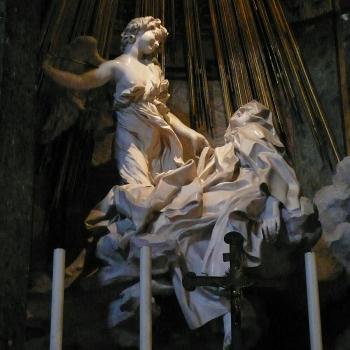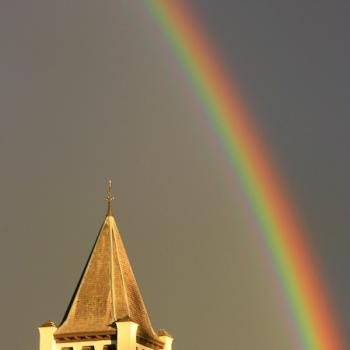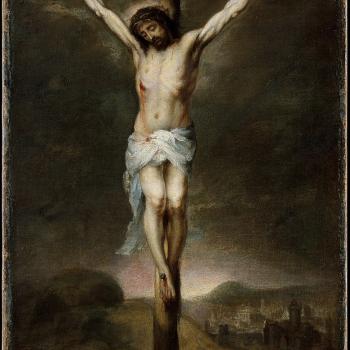I have many friends who loved Melinda Selmys’s 2009 book, Sexual Authenticity: An Intimate Reflection on Homosexuality and Catholicism, in which she explored the philosophical issues arising from her own shift from lesbian atheist to married Catholic mom. It did not work for me at all. I admit that I am probably overly-harsh on Gay Catholic Whatnot. I wrote my own book–forthcoming Fall 2014 from Ave Maria Press, GET EXCITED–because nobody else had yet written the book I wanted to read. But I stand by my criticisms of Sexual Authenticity: Original Flavor, even though I would definitely try to read more charitably now.
Why do I say, Original Flavor? Because in the years since her first book was published, Selmys has revisited and refined her beliefs, as both reflection and new experiences have reground the lens through which she views her own life and our world. She has a new book out, Sexual Authenticity: More Reflections, and even I, hater of joy, will say: IT IS TERRIFIC.
All of the problems of the first book are absent here. Most notably, Selmys has found her voice. She knows how much page to give each thought. Nothing felt rushed or glossed-over. Her voice is so clear here: one cup Misty Lackey, one cup neuroscience, just enough Plato and a little too much Foucault… with some bite marks where little kids have been at the dough. This is a book whose voice I think Leah Libresco would especially appreciate.
The book has really powerful reflections on God’s desire for us, Christian failure (the segment on St. Peter and NFP is phenomenal, something I’m still chewing on), and what she’s learned about herself and about God through parenting an autistic child. And yeah, also, there’s some great Gay Catholic Whatnot: on the extraordinary diversity of experiences we’ve decided to call “homosexuality,” on Courage and Encourage, on jargon and translation. (I suspect I’ll have many occasions to quote, “We can’t talk effectively to gay people if we insist that as a precondition of dialogue they first learn to speak like us.”)
Because the book is a quilt stitched from material originally printed elsewhere, Selmys gets to show us how her thinking has changed over time, and wryly comments on her own ability to code-switch between the Catholic bubble and the gay ghetto. The text-and-commentary model makes the book feel more personal, more fluid and supple and open to further change, and, frankly, more fun.
There’s plenty here I don’t agree with, would have phrased differently, or don’t yet feel I understand. Selmys many times talks about her own feelings of alienation from womanhood, for example, and her feeling that she can’t live up to the outside standard for femininity. But she doesn’t talk about one of the most important facts about this sense of alienation from one’s gender role, which is that as far as I can tell most women feel this way. Whether you blame patriarchy/sexism, in which even women ourselves view women as basically objects to be judged rather than subjects who can judge for themselves; or a society whose gender roles for both men and women are much too rigid; or modernity, which leaves all of us desperately searching for roles we can play but never allows us to feel that the costume really fits; or the Fall of Man… I would understand Selmys’s experience of genderqueerness better, I think, if she talked about how it differs from those pressures, which are depressingly normal.
But even where we disagree, Selmys is a fascinating, provocative, persuasive, and personable challenger. This is one of the best books on the small–but growing!–queer Christian shelf.











